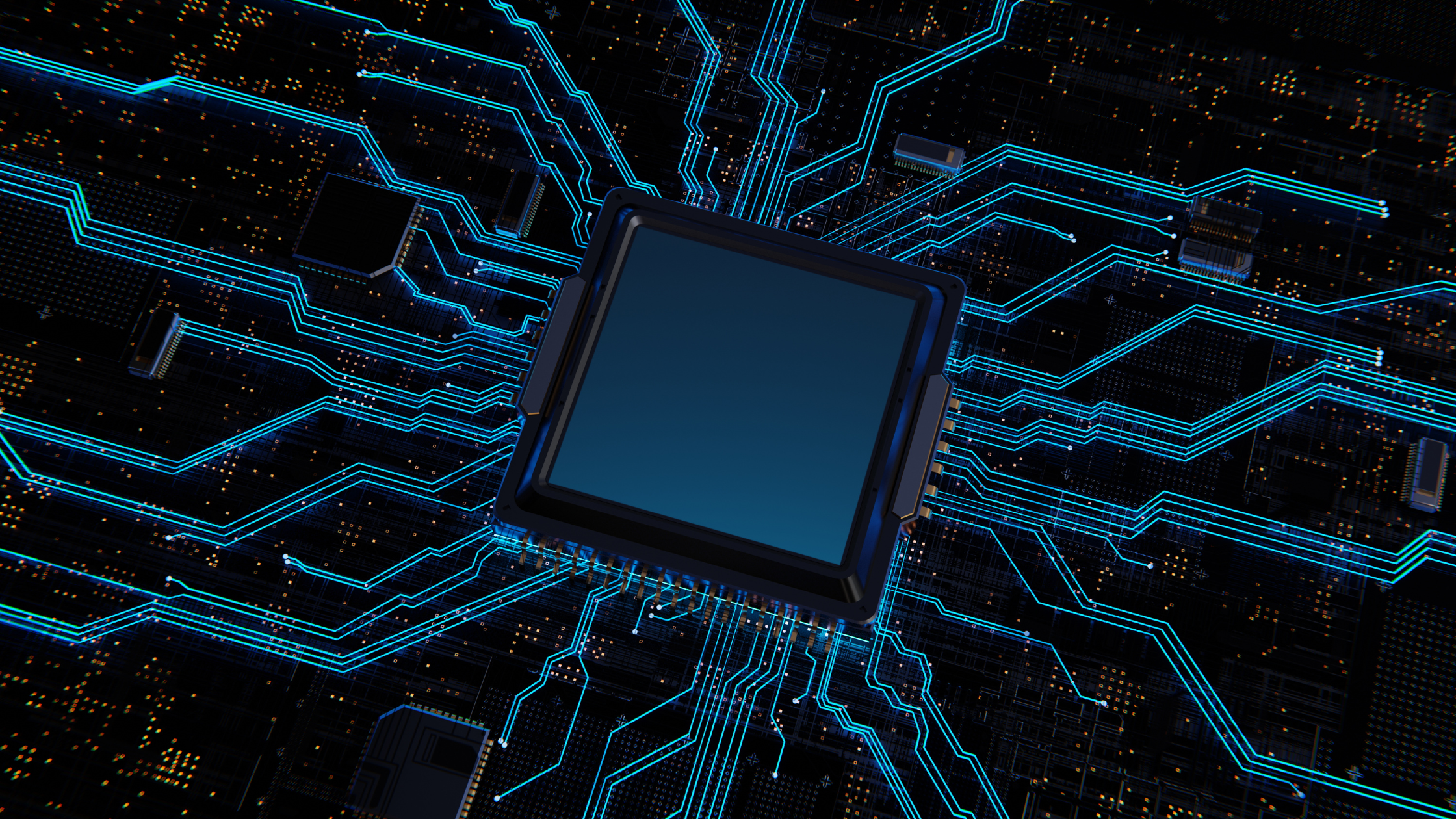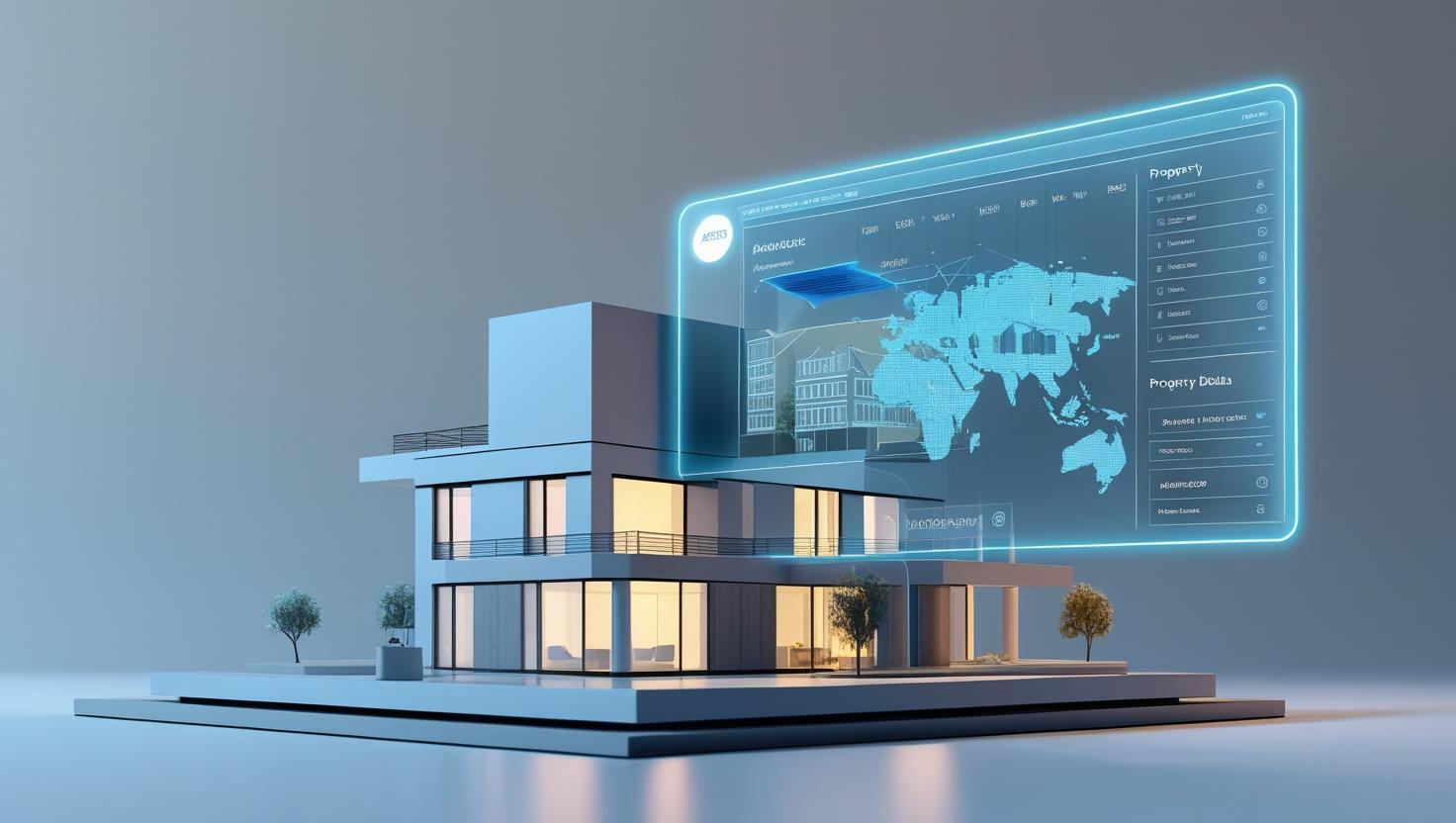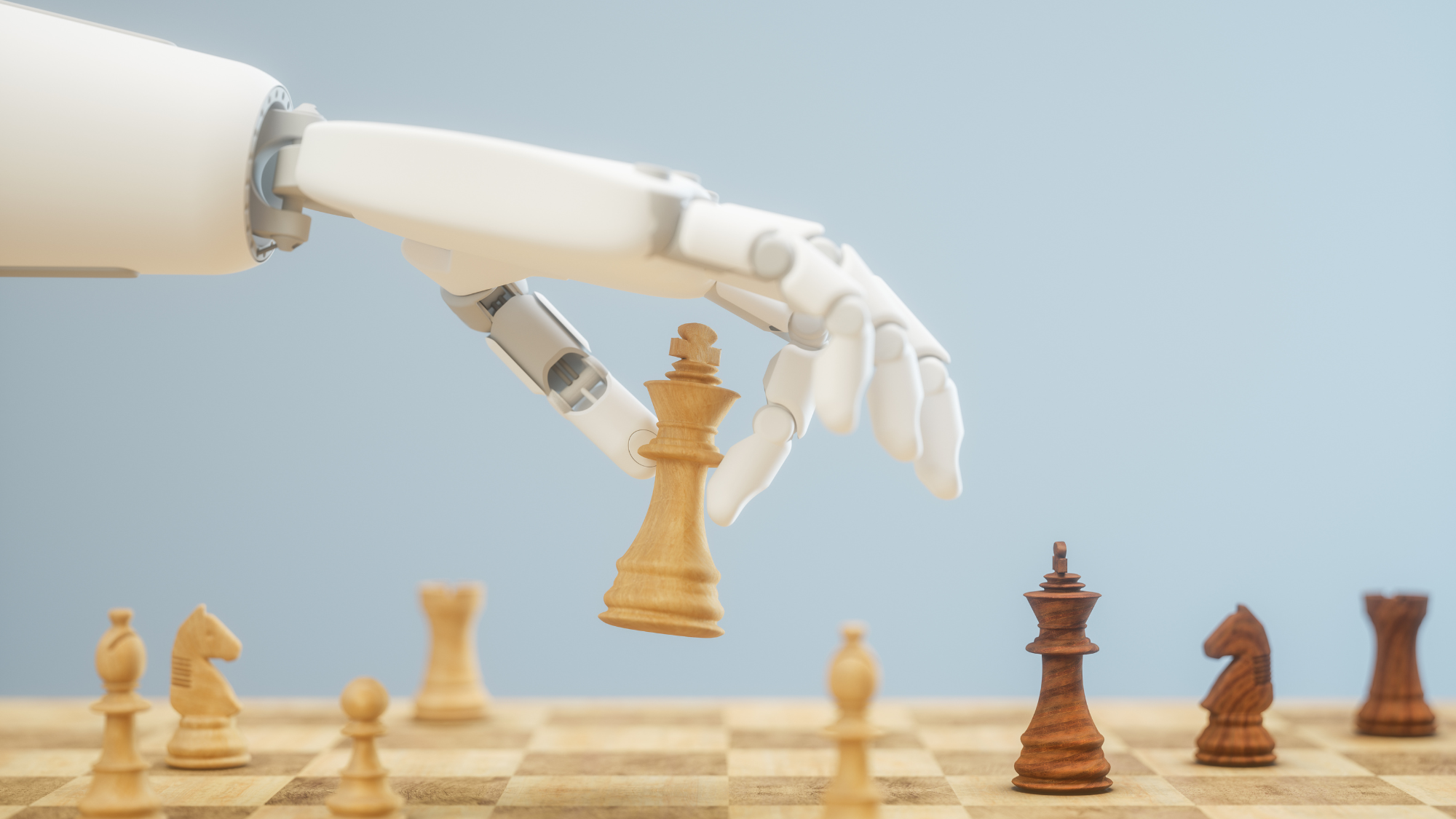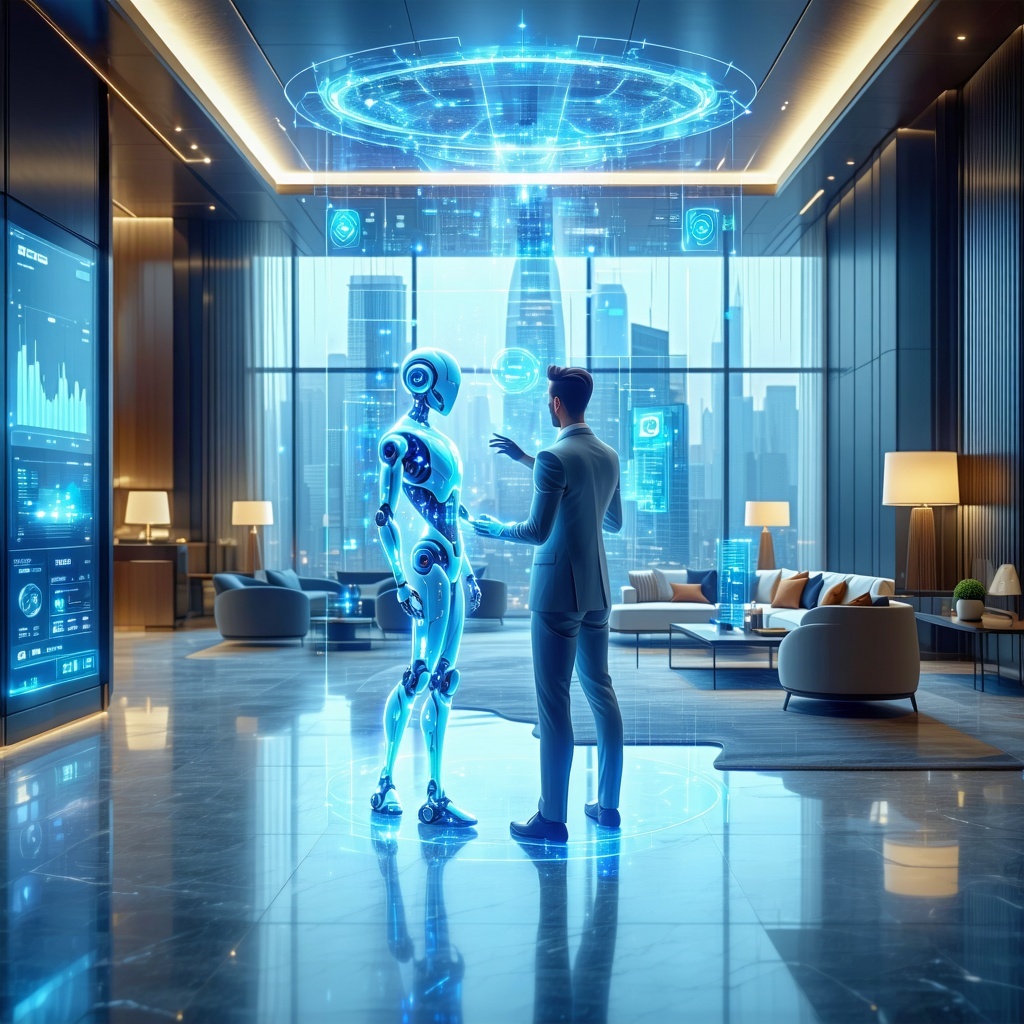A Strategic Shift from Labor-Driven Ops to Autonomous Execution
Outcome-as-a-Service (OaaS) is redefining the economics and structure of hospitality operations. Instead of providing software that assists teams, OaaS platforms autonomously execute tasks across messaging, maintenance, pricing, and guest services.
This transition away from staff-dependent execution has three transformative effects:
- Reduces the need for hiring frontline ops roles
- Eliminates traditional staff training cycles
- Expands margins without scaling headcount
This paper outlines how OaaS restructures the operator's org chart, cost model, and growth trajectory.
What Is Outcome-as-a-Service (OaaS)?
OaaS is a systems-based model where intelligent software agents—rather than people—complete key operational workflows. Unlike traditional SaaS (Software-as-a-Service), which requires users to interact with dashboards, OaaS executes autonomously using pre-ingested SOPs, live data, and contextual logic.
Example functions handled by OaaS systems include:
- AI-powered guest messaging across OTA, SMS, and WhatsApp
- Automatic turnover scheduling and maintenance task routing
- Real-time pricing and quote generation
- Sentiment-based review replies
- Automated performance insights
The result is a zero-touch execution layer that replaces siloed tools and repetitive staff tasks.
Organizational Impacts of OaaS
1. Hiring
Operators leveraging OaaS no longer need to staff roles for execution.
Key shifts include:
|
Traditional Role |
Shift with OaaS |
|
Guest communication agents |
Replaced by AI messaging agents |
|
Task dispatchers |
Eliminated; tasks triggered by AI |
|
Revenue managers |
Reduced; pricing handled autonomously |
|
Night shift coverage |
No longer required |
Hiring becomes more strategic: focused on experience, brand, and oversight—not throughput.
2. Training
OaaS eliminates most operational training by:
- Embedding SOP logic directly into agents
- Replacing platform-specific workflows with a single Co-Pilot interface
- Removing the need to memorize or reference tools
Instead of onboarding teams into 10+ software platforms, OaaS enables “zero-training execution.” This significantly reduces ramp time and internal documentation overhead.
3. Profit Margins
By reducing labor and software dependency, OaaS shifts margin structure.
Documented outcomes from Jurny’s NIA platform include:
- ✅ 91% reduction in weekly workload (12.5 → 1.1 hours/unit)
- ✅ +30% increase in per-stay revenue (via AI-powered upsells)
- ✅ +25% increase in guest satisfaction (from instant replies)
- ✅ Elimination of 5–7 SaaS tools
- ✅ Zero onboarding or SOP drift
This allows operators to scale faster, with higher margins, and fewer fixed costs.
Strategic Implications
- OaaS creates leaner org charts. Most execution roles shift to oversight and exception handling.
- AI agents become the first layer of labor. Humans manage edge cases—not day-to-day workflows.
- Portfolio scale no longer requires headcount scale. Systems expand without adding operational weight.
- Margins improve structurally. Not just through optimization, but by replacing labor with logic.
Where Jurny Fits In
Jurny’s Network of Intelligent Agents (NIA) delivers true Outcome-as-a-Service for hospitality. It replaces fragmented tools and manual work with:
- Autonomous agents for messaging, pricing, reviews, upsells, and more
- A Co-Pilot interface for command, oversight, and insight
- Execution powered by real-time data and SOPs
- Zero learning curve for operators
The result is a fully executable system that runs your business while your team focuses on what matters.
Learn how operators are restructuring without rebuilding.
👉 [Book a Demo] to see how Jurny enables intelligent execution—no hiring, no training, no tools.









